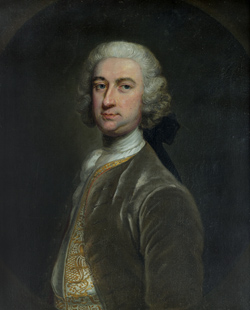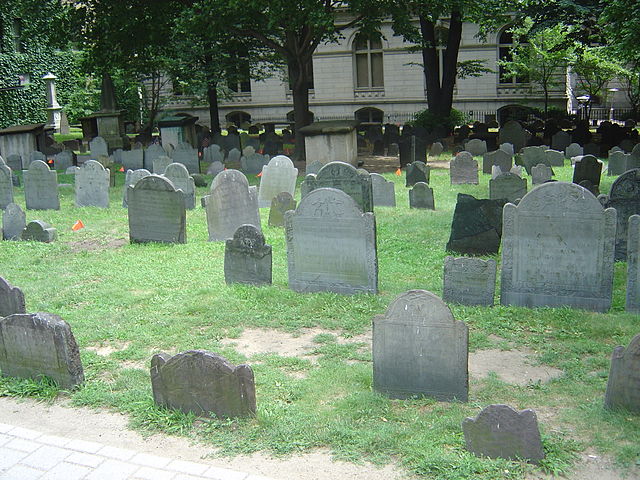Horace Walpole’s 300th Year
The Lewis Walpole Library in Farmington, Connecticut, has launched what it’s calling “Walpolooza”—a yearlong exploration of the man’s life and work, including displays, seminars, panel discussions, and a dramatic performance.
The library is now featuring the exhibition “Global Encounters and the Archives: Britain’s Empire in the Age of Horace Walpole.” It presents “conflicting visions of empire in the 18th century through the domains of political economy, diplomacy, slavery, and indigenous peoples.”
On 9-10 November, the library will host a “Literary Walpole Weekend” mini-conference organized by Jonathan Kramnick, the Maynard Mack Professor of English at Yale University, on Walpole’s ground-breaking gothic novel, The Castle of Otranto, and other writings.
Another conference will take place on 9-10 Feb 2018 at the Graduate Club in New Haven about “new archival-based research on Britain’s global empire in the 18th century.”
On 2 May 2018, the Yale Center for British Art will host a staged reading of Walpole’s controversial verse tragedy The Mysterious Mother, “a tale of incest and intrigue that Walpole initially circulated only among his friends, and never permitted it to be performed during his lifetime except as a private theatrical.” That will be followed by a scholarly symposium featuring the director of the performance, Misty G. Anderson, the Lindsay Young Professor of English at the University of Tennessee.
Online, the weekly Horace Walpole at 300 blog is sharing items from the Lewis Walpole Library’s collection. These include rare books he owned, others he had printed at his own press, artworks, and manuscripts.









%2C_2nd_president_of_the_United_States%2C_by_Asher_B._Durand_(1767-1845)-crop.jpg)






